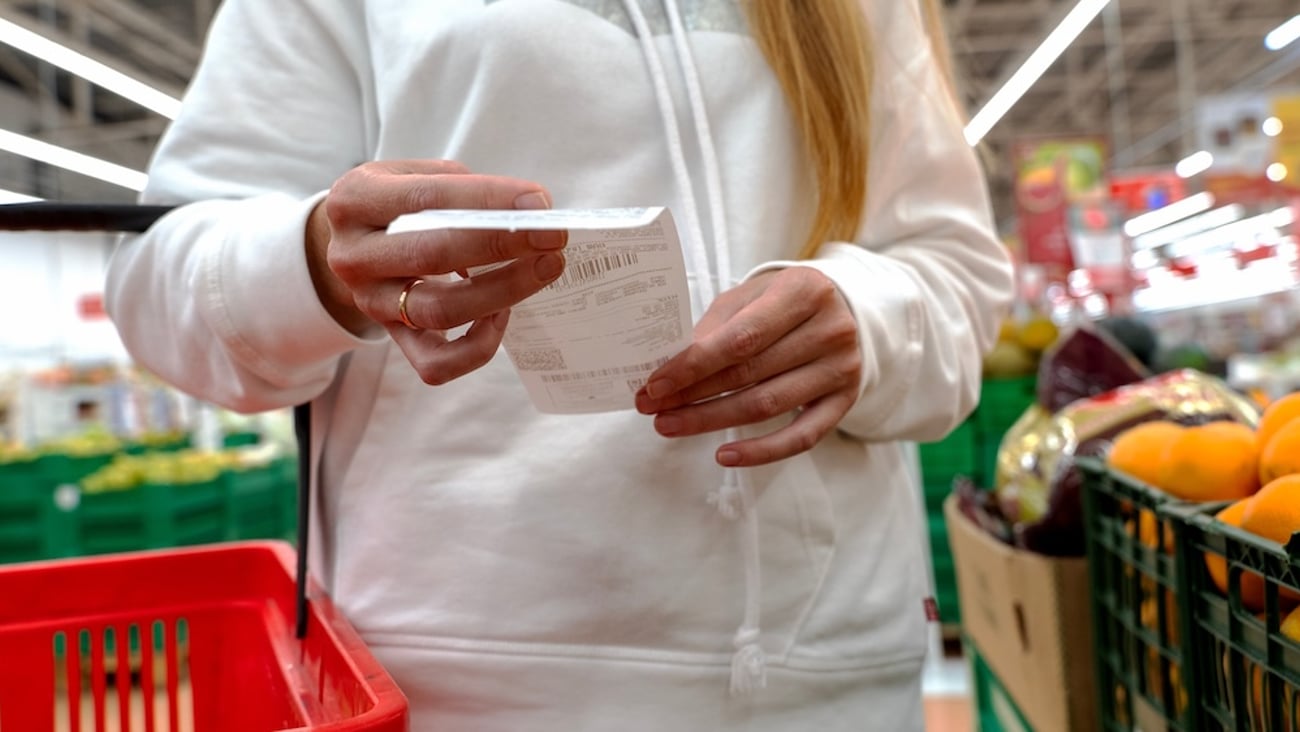Milk is Canada's white gold
It goes without saying that milk and cream are important to our diet.
Cheese, yogurt and butter are cherished by many Canadians, with the average household spending between 10% and 15% of their food budget on them. With dairy prices set to rise, consumers' love for dairy products will soon be put to the test.
Last fall, the Canadian Dairy Commission (CDC) recommended an increase of at least 8.4% on the price of milk paid to producers. For butter, the increase will exceed 12%. This is the largest increase announced by the CDC in more than 50 years, almost double the previous record. Under our supply management system, the Crown corporation must identify more than 200 dairy producers annually to determine the real costs of production on the farm. Once the data is collected, it is averaged and used to determine a fair and equitable income for our dairy producers. Simple process indeed, but it is also marred with secrets.
CDC is managed by two or three people affiliated with the dairy industry and employs more than 80 people. Its very public mandate gives it the power to influence food affordability in Canada, at least for dairy products. For this, the Commission has a duty of transparency but fails to present its decisions and processes clearly or in detail to the public. The CDC and the Dairy Farmers of Canada are simply one and the same, and they shouldn’t be.
Last fall, other than a brief statement on rising production costs, the Commission did not share details that would justify such an increase. It never does. Many suspect the sample design is skewed to favour farmers. For example, since the census is not mandatory, the sampling may include less efficient farms, thus pushing cost estimates higher. It’s just impossible to know. Moreover, the CDC did not widely share news of the increase. Without fanfare, the Commission published a 300-word post on its website with a phone number that is out of service and has been for months.
The CDC’s commissioners hide behind contracts that ensure the anonymity of dairy producers. It's a silly argument since, in research, it is always possible to disclose figures while keeping the identity of the participants in a survey private. But the CDC refuses to share its primary data, saying it has to protect the anonymity of participating farms.
In processing, this increase will force some companies to raise their prices. Before the holiday season, Lactalis announced it was raising grocer prices by 15%. Consequently, two things can happen: Processors may stop selling some dairy products. If this happens, expect more unreported milk dumping in rural communities. Or, dairy processors will start unlawfully importing dairy proteins from the U.S., where industrial milk is three times cheaper right now. Both scenarios will lead to more dairy farms disappearing. What a disaster.
Meanwhile, a Canada-United States-Mexico Agreement (CUSMA) tribunal recently ruled that Canada is unfairly blocking the entry of certain dairy products. Prices and market share for their own products could drop. Meanwhile, Canadian taxpayers are currently giving nearly $2 billion (almost $200,000 per farm) in compensation to dairy farmers for lost market share due to an increase in foreign products coming into Canada. What a racket.
The lack of transparency and openness to better serve the public is becoming more painfully obvious by the day. Canadians are just resolved to keep on paying more for our white gold at the store, while subsidizing dairy farmers without really knowing why.




